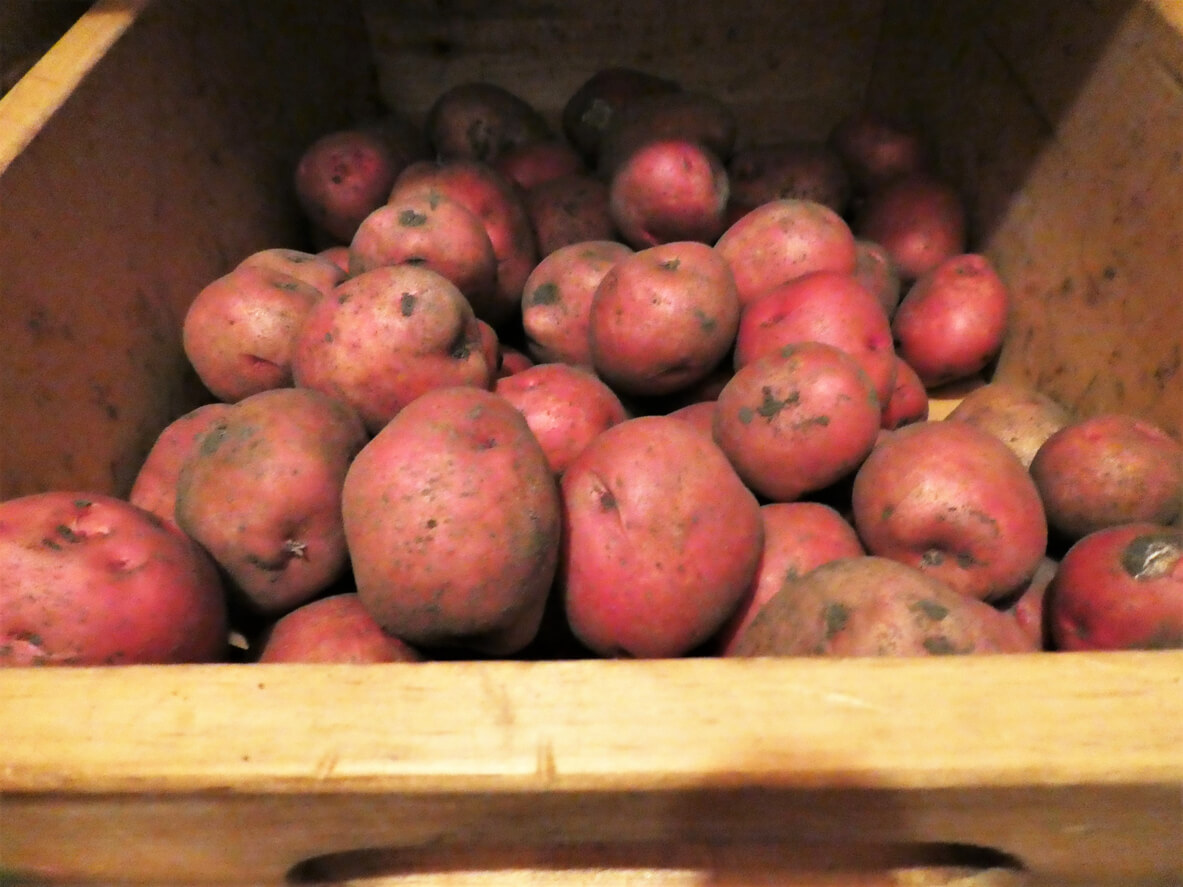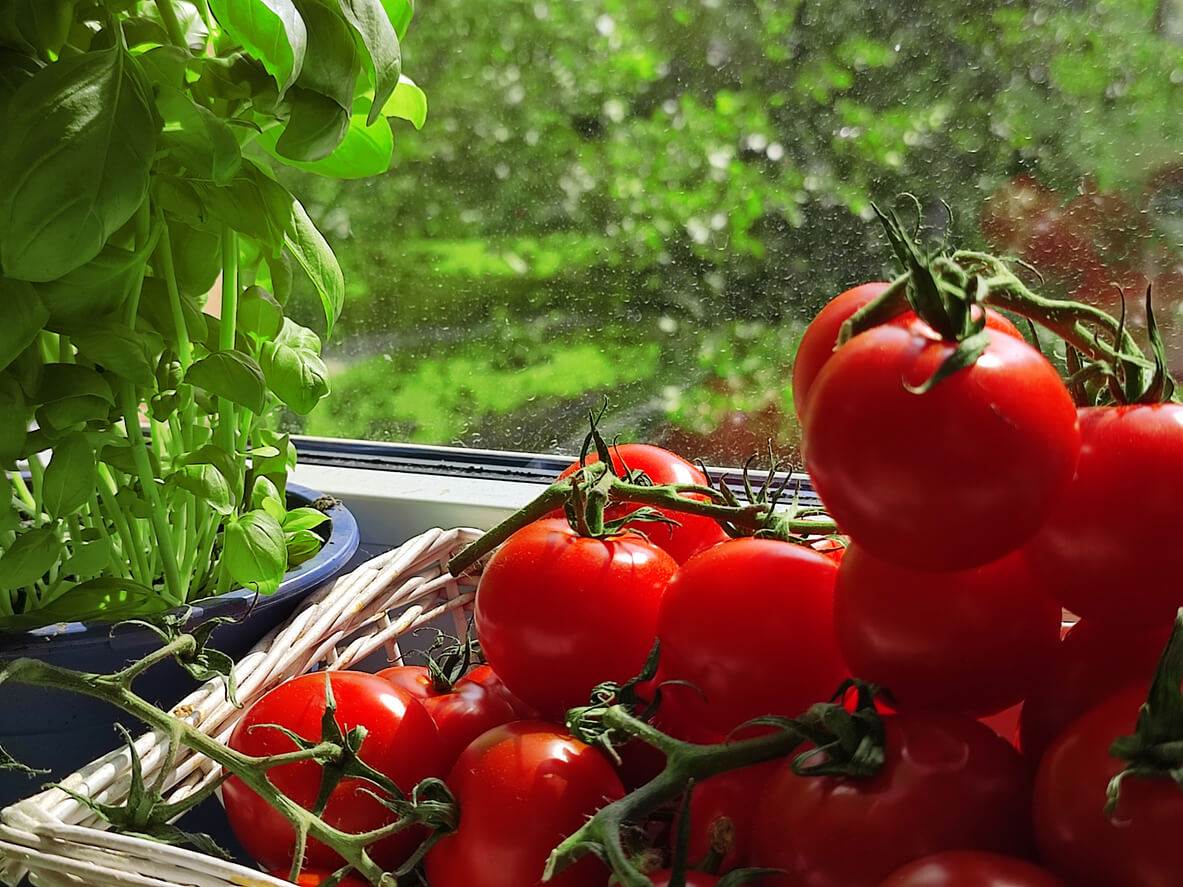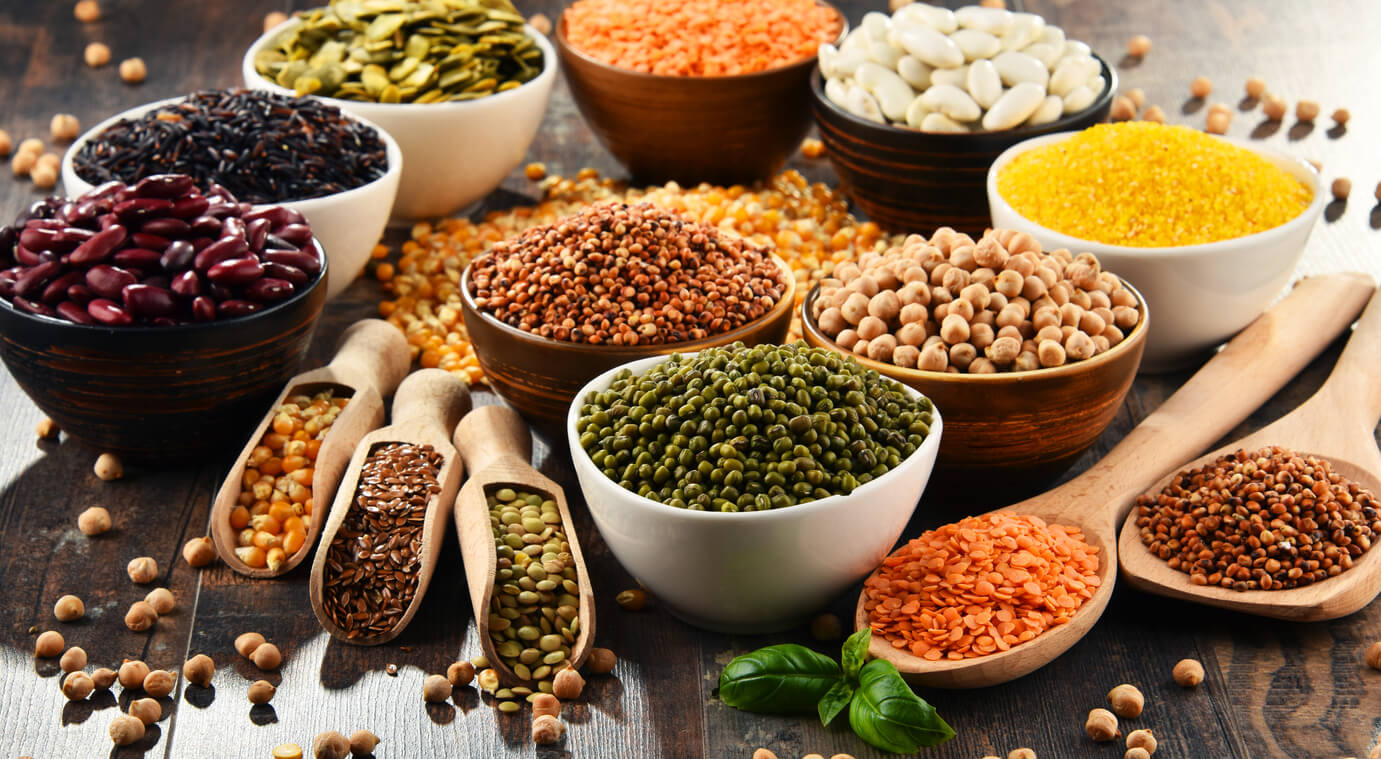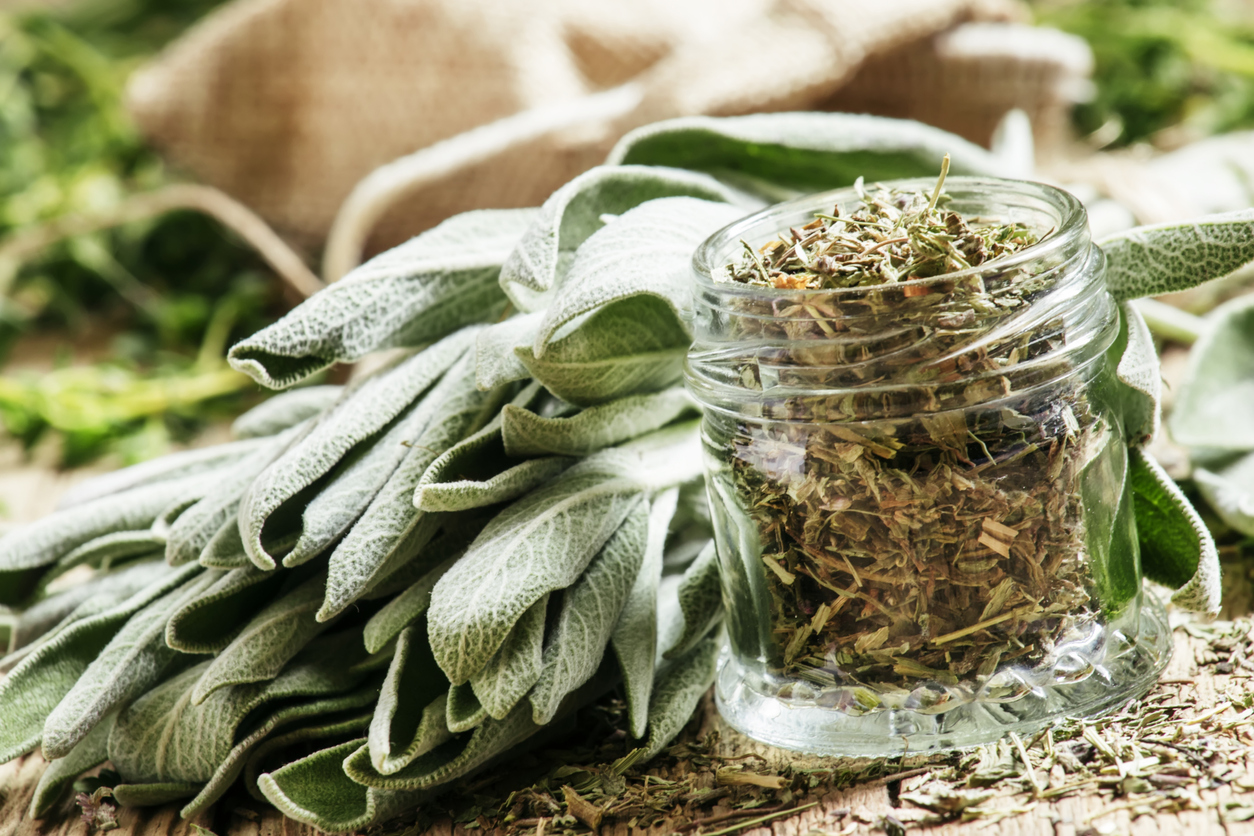How to Store Potatoes, Carrots & More for Winter
Dine on your fall harvest all winter long when you know how to store potatoes, veggies, fruits, herbs, and legumes.
Do you know how to store potatoes? What about carrots and other root crops? Did you know that apples can last up to five months in your basement? There are so many ways to preserve your fall harvest!
When you’re getting ready to store your winter crops of fruits and vegetables, you’re ultimately looking to provide the correct temperature, ventilation, and humidity.
A cool basement or root cellar is an ideal place to store root veggies and some fruits like apples over the winter. You can get a long shelf life with an adequately humidified basement or root cellar. To prepare your space:
Clean out your storage area thoroughly at least once a year. When storing food without refrigeration in a root cellar, sanitize your space regularly to make sure mold and mildew don’t form. Protect your stored produce by making sure the shelves, baskets, and bins are free from bacteria and debris.
Ensure good ventilation. Some vegetables and fruit give off ethylene gas that can cause other produce to spoil if not enough fresh air circulates throughout the cellar.
Keep light to a minimum. If your root cellar has a window, cover it to prevent sunlight from causing sprouting of your root vegetables, and turning your potatoes green.
Below are some of the ways you can learn how to store potatoes and other crops over the winter.

Carrots and beets (7 to 9 months)
Washing: After digging up your carrots or beets, don’t wash them. Instead, simply brush the dirt off, remove greens at the top (don’t cut into the meat of the carrot), and allow them to lay out for a day or two to dry.
Storing: Store carrots or beats upright in peat moss, damp sand, or sawdust in a box inside a basement or root cellar that’s around 32 to 38 degrees F. Make sure they are not laying on top of or touching one another. You can also simply keep your carrots in the ground until you’re ready, but plan to harvest them before the ground freezes. Many people plant for spring carrots. However, spring carrots need to be consumed quickly as they can’t be stored. Carrots are also great for pickling!
Unlike carrots, you can leave parsnips in the ground and harvest them as you want to use them, even in the winter!
Onions and garlic (up to 12 months)
Washing: Don’t wash onions or garlic, simply brush off excess soil.
Storing: Onions, like garlic, need to dry and cure before being stored. You can harvest onions all summer, but once the greens flop over and die, they’re done growing. Pull your onions and garlic up out of the ground and lay them out in a dry spot or hang them over a railing with an ideal temperature of about 75 degrees F. Once the skins are withered and the necks are hard (about two weeks), they’re ready to store. Trim any greens down to 1 inch and toss any that are bruised or damaged. Store in mesh bags, nylons, or bushels (breathability is key). Or, let your greens dry out and try your hand at onion braiding. Big strong-scented onions that have been dried out for two to four weeks can last up to a year in a cool basement. Otherwise, eat within a few weeks. Onions are also delicious pickled, and you can chop and freeze them for stir fry and other recipes.
Squash (1 to 6 months)
Washing: Brush off excess dirt, but don’t wash.
Storing: Storing squash in a cool, dry place is the easiest way to keep it. It doesn’t need cooking or special care; it can be stored where you would normally store potatoes and onions. Place the squash in a single layer with plenty of air space between each piece of fruit, ideally somewhere with a temperature around 50 to 55 degrees F. One of the easiest ways to do this is to place them on a basement or cellar floor or shelf. It is best, however, to check first for moisture build-up and mildew on the floor; if either is present, wooden shelves will work better.

Potatoes (5 to 10 months)
Washing: Don’t wash your new potatoes, the skins are too thin! Though, you should gently knock off any big patches of mud or dirt, which can cause mold. After unearthing them, let the tubers lay out on something breathable like a mesh net or a screen, and let them dry out for an hour or two before storing them.
Storing: Once you know how to store potatoes, you’ll be dining all winter! The University of Idaho, which I’d gather knows a bit about spuds, says potatoes are best stored at temperatures of 42 to 55 degrees F and 80% to 90% humidity. Now you probably understand why some people still have root cellars. If these conditions cannot be met then it is best to keep potatoes in the refrigerator or on the countertop, and eat them within a few weeks.
Additionally, potatoes need to be kept in the dark, or they can turn green. Don’t eat green potatoes, as they are quite poisonous.
Potatoes should be stored away from onions and apples as they release a gas that causes potatoes to rot more quickly. Any kind of bag or container can be used for storage as long as it is breathable. Many people have had success with storing potatoes in a hessian potato bag purchased from the store. Old pillowcases are not recommended as they do not breathe and can cause potatoes to rot.

Apples (1 to 5 months)
Washing: Do not wash apples you plan to store, this can cause softening and even add bacteria if you accidentally cut or bruise them.
Storing: My favorite way to preserve apples is through apple sauce, apple jam, and apple preserves. But if you want to keep your apples whole, you can wrap each of your apples in craft paper or newspaper, and store in a box in a cellar that is 35 to 40 degrees F.
Don’t pack any apples that are bruised, or they can rot the whole box. The paper should help them from spreading any rot but look at the box often for signs of any rotting apples and promptly remove them. Apples are also delicious when dried!

Green Tomatoes (1 to 2 months)
Washing: Don’t wash tomatoes until you’re ready to eat them, or you could risk damaging them.
Storing: This one is more of a fun fact. Once fall comes along and you know frost is on the way, you can cut all your green tomatoes off the vines and let them ripen indoors. You can lay them upside down on their heads near a window or hang them! They can take up to two months to ripen indoors, but they almost always do, so you can get summer tomatoes deep into fall, even in colder climates! The sun isn’t necessary either, but warmth is. The warmer the room, the quicker the tomato will ripen, so if you want them to last longer, place them in a cooler area.
For another idea, try hanging your ripe tomatoes out to dry, or laying them out in the sun, for sun-dried tomatoes!
Your local agricultural extension service can tell you about the conditions that make the most sense for where you live.

Legumes (12 months to 3 years)
Washing: Don’t wash beans. Let beans dry on the vine, or allow them to dry off the vine.
Storing: Beans from legumes can last one to three years if dried and stored in an air-tight container in a cool, dark place. You can shuck the pods and dry the beans in an oven at 120 degrees F for an hour or so, or use a dehydrator. Or, you can leave the shucked beans out on a tray for a week, flipping them daily until they’re dry. For more, watch How to Get Seeds from Your Vegetables to Save for Next Year.

Herbs (12+ months)
Washing: Wash your herbs before storing or drying them, since you won’t be able to later.
Storing: There’s an endless number of ways to store herbs. You can hang them in bunches in a cool, dry place, or you can even hang them by a windowsill, though they tend to lose color and flavor when dried in the sunlight. You can also use a dehydrator for drying. Once dry, store in an air-tight container for a year or more. You can also chop herbs and freeze them in ice cube trays with olive oil. For flavored olive oil, you can put your herbs in a pot with olive oil and cook over low heat for 20 minutes. When using fresh herbs, the moisture in the herbs can make the olive oil go rancid, so it’s best to store this type of freshly infused olive oil in the fridge for about one week. For more on saving herbs, watch How to Harvest Fresh Herbs in the Fall to Use All Winter.
Do you know how to store potatoes and other large harvests for the long term? How do you extend the shelf life of your fruits and veggies for the winter?




what if you dont have a basement or cellar?
Here’s an article with some DIY options for those who do not have a cellar. https://foodgardening.mequoda.com/daily/food-preservation/how-to-make-a-diy-cold-storage-room-at-home/
What about those of us who live in Hotter climates like Florida?
This is great information! Thank you so much!
A wealth of information. Thank you.
THANKS FOR ALL THE VALUABLE INFORMATION ABOUT STORING GARDEN VEGETABLES
AND HERBS LONG-TERM! I HAVE ALWAYS CANNED AND FROZEN SUMMER VEGETABLES, AND DRIED SOME HERBS. MY MOM ALWAYS DRIED APPLES AND PEACHES. I NEED TO LEARN HOW TO DRY FRUIT USING SULFURING TO KEEP THE FRUIT FROM TURNING DARK. I USUALLY USE THIS TYPE FRUIT FOR FRIED PIES.